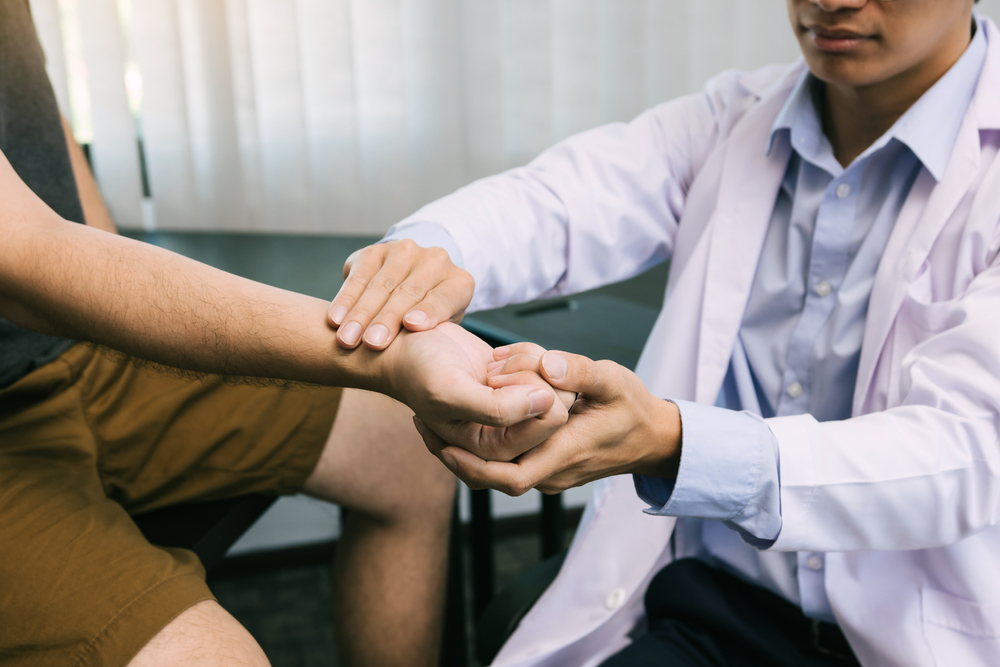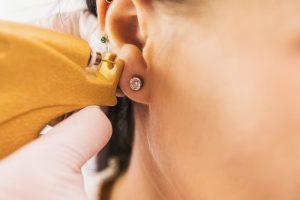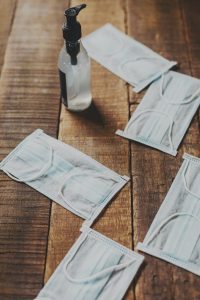As discussed in the previous article, De Quervain’s Tenosynovitis is a painful problem which results from inflammation and swelling of tendons and the tendon sheaths at the base of the thumb. Due to the importance of our thumb, this condition can negatively impact our daily activities.
If you are diagnosed with this condition or have family or friends who suffer from this condition, read this article to find out ways to manage De Quervain’s Tenosynovitis.
Treatment for this condition is aimed at reducing pain and inflammation while helping to maintain movement in your thumb and wrist. The non-surgical method is usually preferred as the initial treatment method.
1. Wrist, Hand and Thumb Braces
You should invest in a wrist, hand and thumb brace that restricts the movement of the thumb. This helps to rest the area and prevent further friction and aggravation.
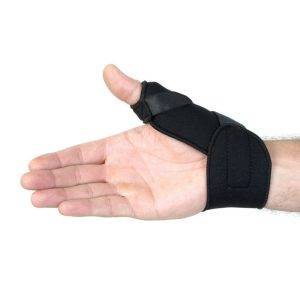
2. Activity Modification
Early measures can help to relieve symptoms and prevent the condition from worsening. Avoid activities that cause pain and swelling, especially those that involve repetitive hand and wrist motions. Take regular breaks when using your hands and wrists. Switch activities to prevent overuse of your thumb and wrist.
3. Medications
There are oral anti-inflammatory medications that you can eat or apply. Examples include ibuprofen and naproxen. These help to reduce pain and swelling. Your doctor might also suggest an injection of steroids or lignocaine (local anaesthetic) into the tendon sheath. The injection provides temporary relief that can last for a few months. For as many as two out of three people with this problem, the injection might provide permanent relief.
4. Physiotherapy
There are exercises that you can learn and perform regularly for symptoms to improve.
- Wrist Flexion and Extension: Relax your forearm on a table with your hand hanging over the edge of the table. Bend your wrist downwards than upwards, and repeat. This exercise can be used to improve the mobility of the wrist.
- Thumb opposition proprioception: Move your thumb to touch the tip of your index finger. Pinch them together then release. Repeat for every finger. To progress, you can do this exercise with your eyes closed. This can help to build coordination in your hand.
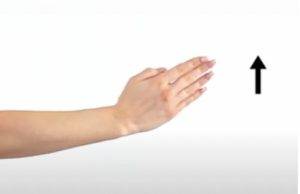

- Ulnar and radial wrist deviation: Hold your arm in front of you with your thumb facing up. Deviate your hand to one side and then the other. This activity will help to improve the mobility of your wrist.
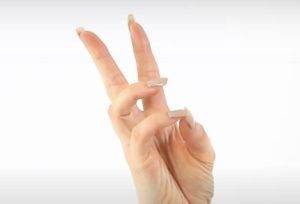
- Radial deviation isometric: Rest your hand on the table with your thumb facing up. Resist moving your hand in the direction of your thumb. The hand should not move. This is a strengthening exercise for the wrist and forearm.
5. Surgery
However, if the symptoms persist despite the above methods, your doctor might suggest surgery. Surgery helps by releasing the tendon sheath so that there is more room for irritated tendons. It is a minor procedure and is performed as day surgery. Fortunately, surgery for De Quervain’s tenosynovitis is almost always successful. You will regain normal use of your hand upon recovery. After surgery, you can also do physiotherapy to strengthen your wrist and thumb. Physiotherapy can also prevent the problem from coming back. In general, surgery can help over 4 out of 5 people with this problem, but as many as 1 out of 5 may experience numbness on the back of the hand or tenderness of the scar after the surgery.
Conclusion
Fortunately, most people with De Quervain’s tenosynovitis do very well and are ultimately relieved of their symptoms with nonsurgical or surgical treatment. 50% to 80% can be treated successfully with non-surgical while the remaining typical respond well to surgery.




